Five animals you might not know are endangered
Everyone knows about the tiger and the rhino - but what about the Chinese giant salamander?
When someone says endangered species, there a few obvious animals that jump to mind: rhinos, tigers, elephants, gorillas and many others that are regulars for WWF adverts and sponsorship posters. But what about some of the animals that are just as vulnerable you might not know even existed? Here's five:
Black-footed Ferret
The black-footed ferret, also known as the American polecat, has already been declared extinct once in 1979. However, just three years later a woman's dog brought one to her doorstep.
The mammal is native to central North America, and declined rapidly throughout the 20th century, primarily as a result of decreases in their main food source – prairie dogs – and sylvatic plague. It was declared extinct in the wild in 1987, which led to a captive breeding program launched by the United States Fish and Wildlife Service resulting in its reintroduction into eight western states, and Mexico, from 1991 to 2008.
There are now over 1,000 mature, wild-born individuals in the wild across 18 populations. However, it is still classified as endangered.
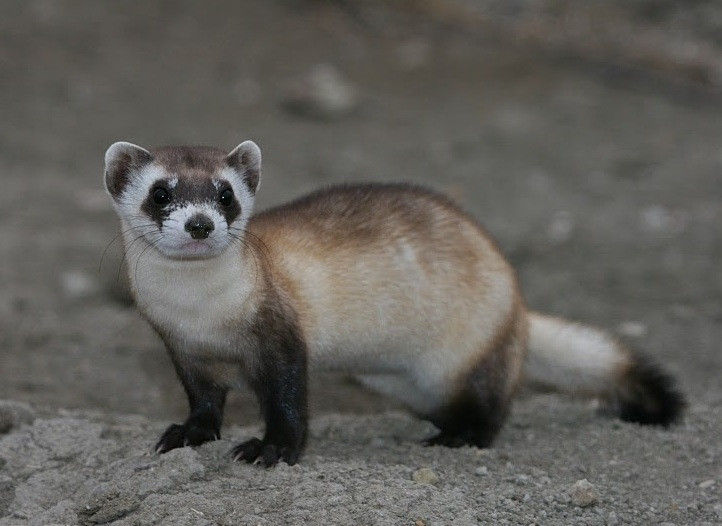
Chinese Giant Salamander
The Chinese giant salamander is the largest living amphibian in the world, reaching lengths of up to 1.8m. It inhabits the rocky mountain streams and lakes in China but has also been introduced to Kyoto Prefecture in Japan.
In China the farming of the salamanders has been encouraged, but over-harvesting has led to their decline, as they are taken from the wild to be sold as luxury food items, resulting in the species being dubbed critically endangered. Their population has dropped 80% since 1960, with other reasons for their demise including pollution and habitat loss.
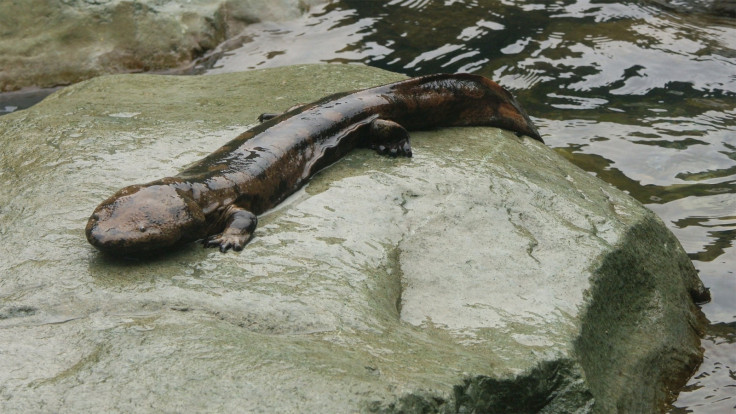
African Wild Dog
Don't be fooled by its sweet and fluffy appearance; this is not a doggo you'd want to pet. Also known as African hunting dog or painted dog, this canine is native to Sub-Saharan Africa. 'Painted' refers to the irregular red, black, brown, yellow and white markings on its fur.
They're notorious for hunting in packs, usually made up for 6-20 individuals, although these would have been larger before their decline. They are considered one of the most endangered mammals due to habitat fragmentation, poaching by farmers fearful for their livestock and outbreaks of disease.
Their current population is around 6,000, located mainly in southern Africa and the southern part of East Africa such as Tanzania and northern Mozambique.
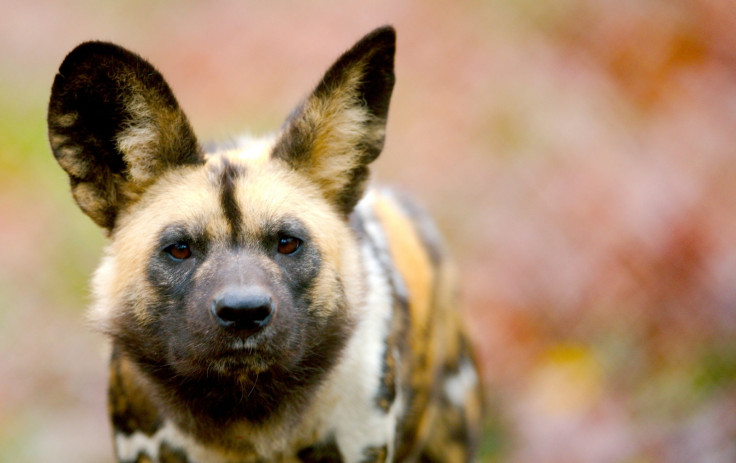
Hector's Dolphin
Hector's dolphin is native to New Zealand and is one of the smallest and rarest cetaceans in the world. They can be identified by their distinctive black facial markings, short stocky bodies that grow no longer than 1.5m and a dorsal fin that looks strikingly similar to Mickey Mouse's ear.
This species of dolphin lives close to shore meaning they are in danger of becoming entrapped in fishing nets – the main reason for their endangered status. Although the dolphins use echolocation to navigate their surroundings (high-frequency 'clicks' that bounce off surrounding objects), they are unable to detect some fine nets and end up trapped. Other threats they face are pollution, being struck by boats, coastal development and seabed mining.
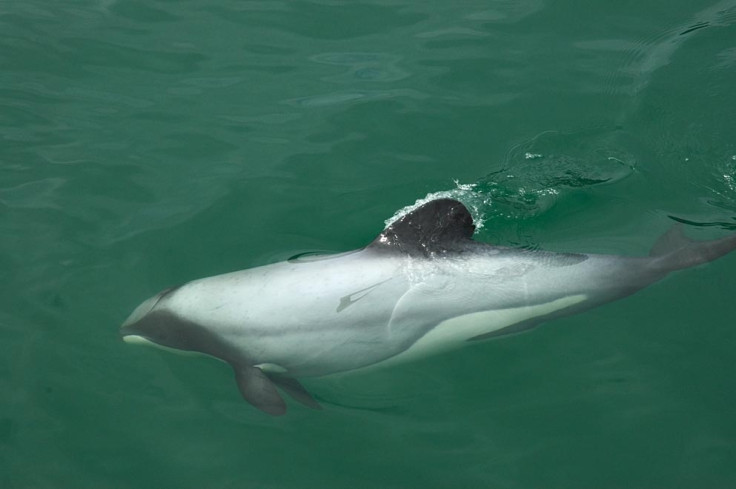
Black-and-White-Belted Ruffed Lemurs
Known for their loud, raucous calls, the black-and-white-belted ruffed lemurs are one of the largest members of the Lemuridae family along with the red ruffed lemur. Like all wild lemurs they only inhabit the island of Madagascar, and spend most of their time up in canopies of the seasonal rain forests on the eastern side of the island.
They are currently critically endangered due to the low densities of its population, meaning the species is reproductively isolated. Predators, agricultural practices and being hunted for bushmeat by poachers and locals are also reasons for their status.
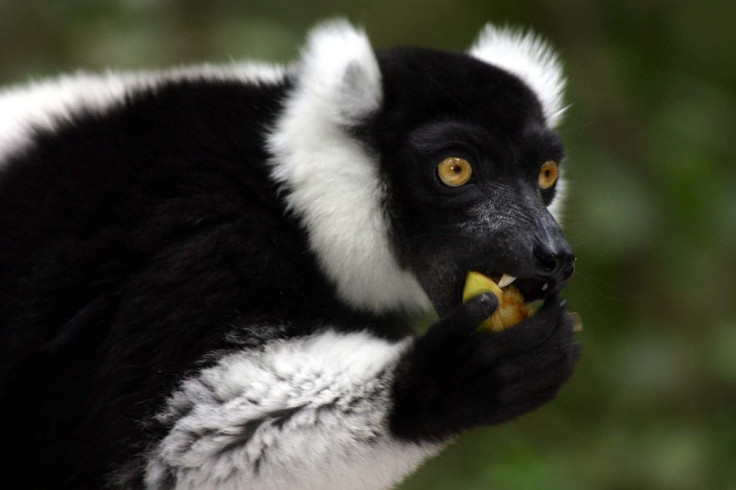
© Copyright IBTimes 2025. All rights reserved.






















